Hardwood floors generally have decent traction. However, these wooden floorings might become slippery over time. So why do hardwood floors suddenly become slippery? We researched for the answer for your convenience, and here’s what we found.
Improper care is often the case when hardwood floors suddenly become slippery. Homeowners should pay attention to the products and tools they’re using to prevent reducing or removing traction from their hardwood floorings.
Some of the items that can cause these wooden surfaces to become smoother than usual are:
- Endust
- Dirty footwear
- Paint
- Cooking oil
- Silicone-based Swiffer
Take note that it’s still possible to restore the friction on hardwood floors. Keep reading as we talk about the solutions to help make your hardwood floorings less slippery than before. Also, we’ll tackle the different reasons why hardwood floors become slippery in greater detail.
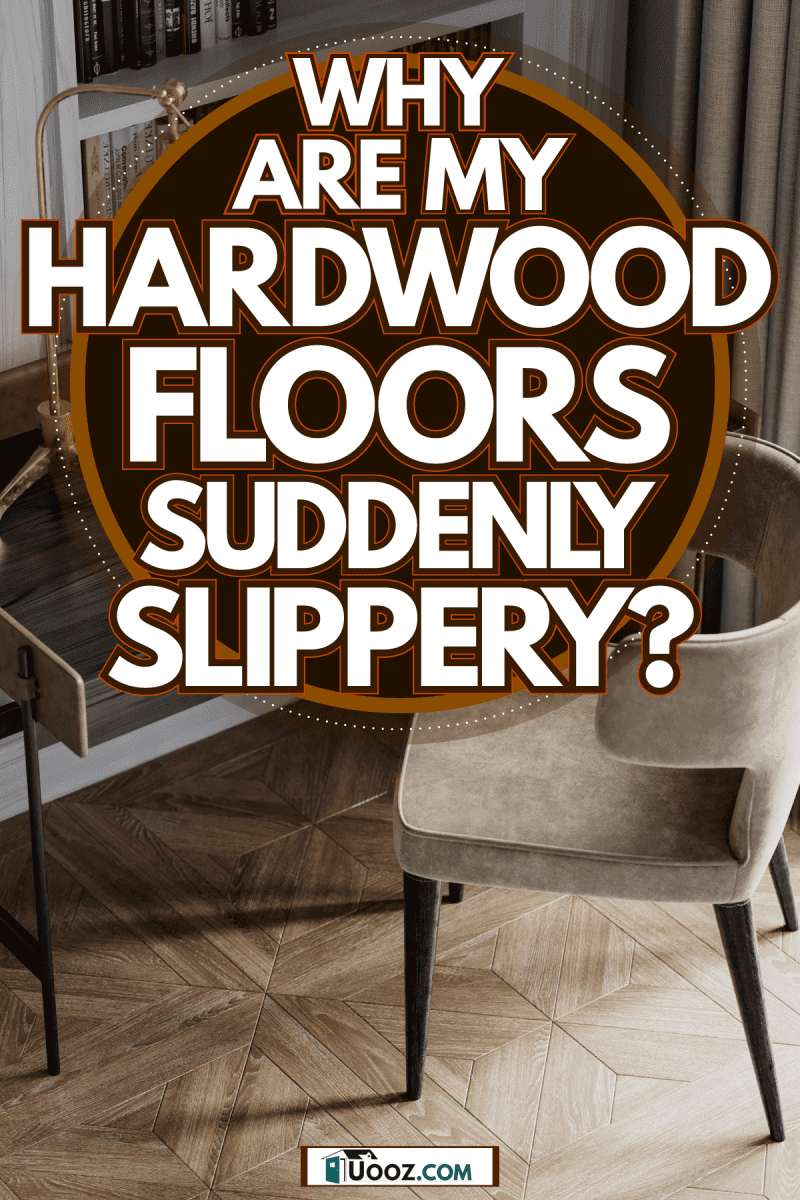
Why Is My Hardwood Floor Slippery?
A hardwood floor can suddenly become slippery because of different reasons, which may include (but aren’t limited to) the following:
Endust
Endust is a dusting agent with ingredients to help dust stick to rags and pieces of cloth during cleaning operations. It’s usable on different surfaces, including those made with vinyl, leather, and stainless steel. However, this product can also leave a slippery residue that can result in a smooth finish for these surfaces, particularly for hardwood.
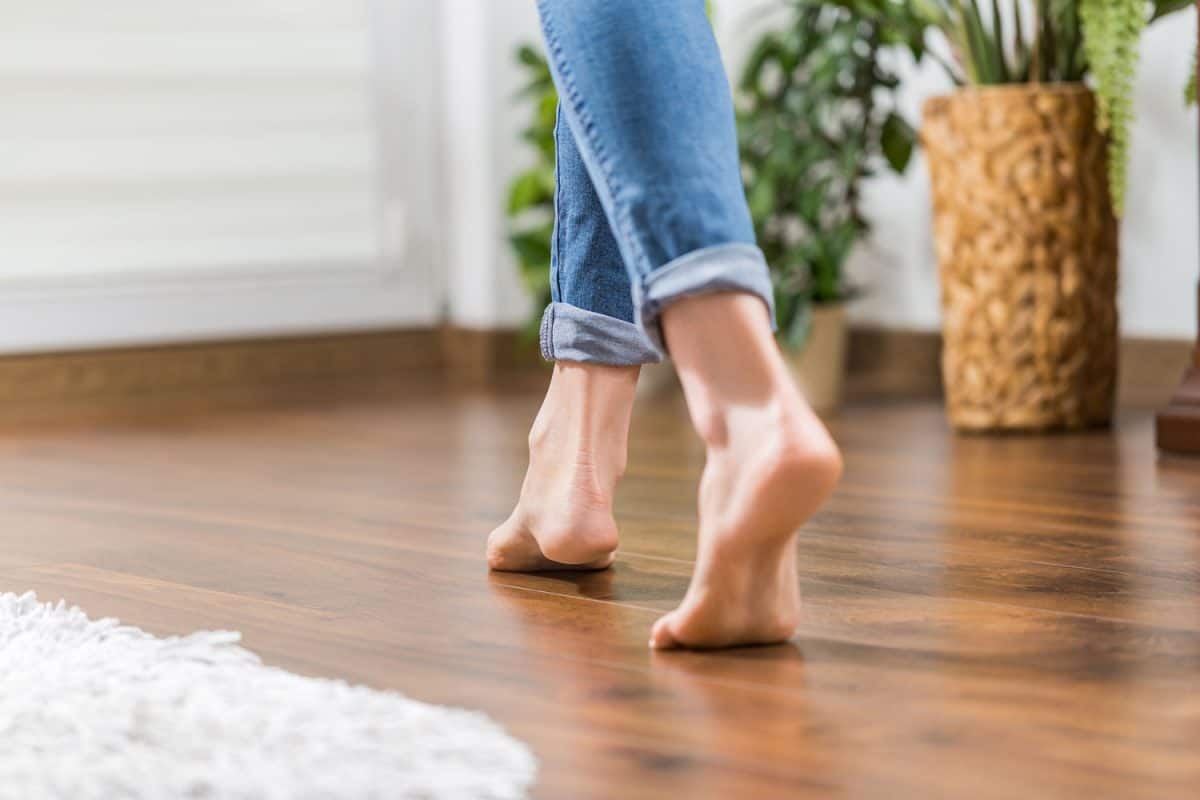
Dirty Footwear
Dust, grease, and oil on footwear may latch onto hardwood floors, making these surfaces slippery. In particular, oil and grease are non-polar substances, which means they have a fairly high viscosity. In turn, these liquids reduce the friction on adjacent surfaces.
Paint
Paint on a hardwood floor can cause some hardwood varieties to become slippery. Homeowners and DIY enthusiasts may apply an extra coating to their hardwood floorings, such as an anti-slip coating, to help reduce the smooth finish.
Cooking Oil
Although hardwood floors can be excellent walking surfaces in kitchens, dropping cooking oil on these flooring options can make them slippery. Cooking oil can be especially dangerous if left alone in the hardwood material as the liquid substance can become a health hazard.
You can also read our post on the right hardwood flooring to match kitchen elements to ensure you’re using the correct wood for the room.
Silicone-Based Swiffer
Some Swiffer mops have silicone elements to help produce smooth finishes on cleaned surfaces, including hardwood floors. By itself, silicone is a fairly common lubricating agent that’s also long-lasting, reasonably inexpensive to produce, and contains substance-repelling properties. Therefore, it may also help remove the traction on hardwood flooring.
How Do I Make My Hardwood Floors Less Slippery?
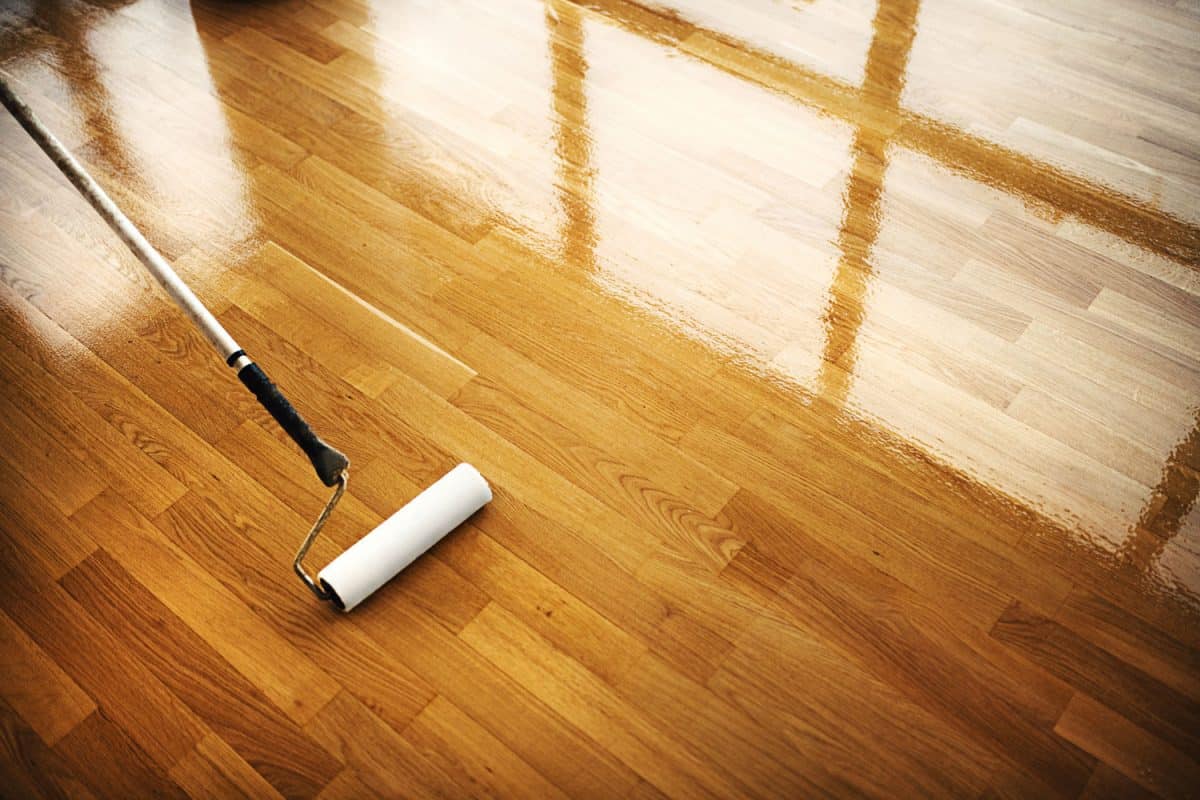
Different care practices exist to help restore the adhesion on hardwood floors. In this section, you’ll learn some of these methods.
Apply Anti-Skid Treatment
Before proceeding with this solution, keep in mind that certain anti-skid products can be quite harsh. Make sure to dilute an ounce of the product in 20 ounces of water. However, if you deem that your hardwood floor doesn't require a significant amount of treatment, you can dilute an ounce of the solution to 22 ounces of water.
What You’ll Need
- Mop
- Bucket
- Anti-slip solution
Check out this anti-slip coating for wood on Amazon.
Step-by-Step Guide
- Dip the mop into the bucket with the anti-slip solution.
- Clean the hardwood floor using the mop.
- Let the treatment dry before restoring traffic to the floor.
Take note that the mop and bucket you’re using should either be new or sterilized. Using old and unclean cleaning tools can prevent the anti-skid treatment from providing effective results.
You can also gain additional insight with regards to using this product by watching the video below:
Proper Hardwood Floor Cleaning Practice
Remember that different types of hardwood exist, which means each variation can have dissimilar cleaning requirements. Therefore, it’s best to consult with your hardwood floor manufacturer before using any cleaning material or tool to ensure your surface is clean yet still retains its adhesion properties.
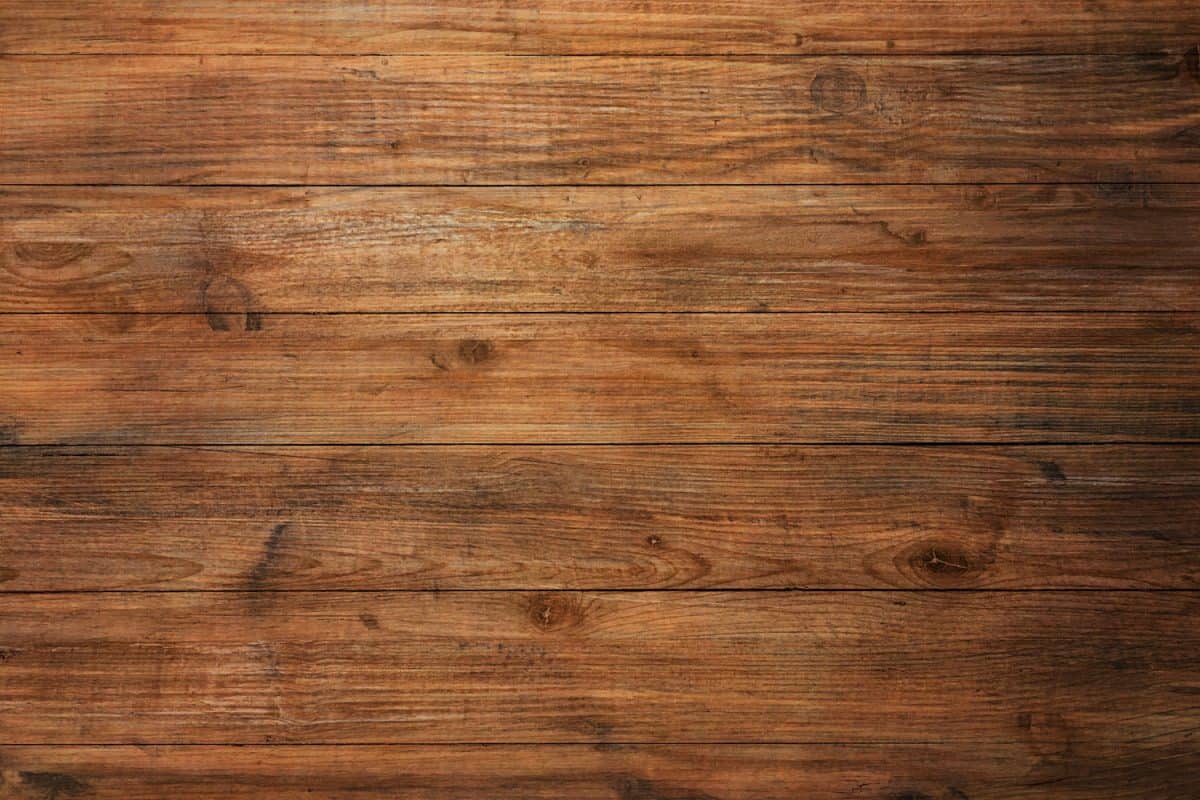
If you don’t have the time to check with the floor’s maker, you can do a spot test on a fairly inconspicuous side of the floor. Observe the reaction of the cleaning product on that small location before proceeding with the rest of the surface.
Also, take note that excess moisture can harm unfinished hardwood floors. One way to test if your flooring has a coating or not is to drop a small amount of water on it. The surface has an applied treatment if the water beads.
After taking note of those precautions, you may continue with these steps to clean and care for your hardwood floors:
What You’ll Need
- White vinegar
- Dishwashing detergent
- Wringer bucket
- Microfiber mop
- Microfiber cloth
- Rubbing alcohol
Check out this microfiber mop cleaning kit on Amazon.
Step-by-Step Guide
- Put a ½-inch of dishwashing detergent into the wringer bucket. Then, add a capful of white vinegar to the bucket before filling the container with warm water.
- Soak the mop head for a few minutes in the cleaning mixture.
- Wring the mop and ensure it doesn’t drip.
- Mop the hardwood floor by creating an ‘S’ pattern as you go along the surface.
- Wipe the floor with a microfiber cloth to remove any loose dirt or debris that remains.
Do these steps at least once every two weeks to ensure that your hardwood floor remains spotless. Additionally, these materials and their amounts don’t create significant risks of removing the traction on the flooring.
Find more information about maintaining your hardwood floors by watching the video below:
After cleaning your hardwood floor, you may also want to waterproof the material. If so, you can read our guide on how to waterproof hardwood flooring to help you in this matter.
Remove Old Wax
Moving to a fairly old house may greet you with a hardwood floor with leftover wax on it. For this job, you’ll need to mix a floor stripper and dilute it based on the manufacturer’s guidelines. Place the weakened solution in a spray bottle afterward.
After creating that mixture, continue with the rest of this guide:
What You’ll Need
- Scrub brush
- Towel
- Floor-stripping solution
Check out this floor stripper on Amazon.
Step-by-Step Guide
- Spray the floor-stripping solution on top of the waxy hardwood floor.
- Let the mixture sit for about 3 to 5 minutes.
- Use the scrub brush to scrape the wax and the solution off of the wooden surface.
- Wipe any leftover excess mixture with the towel.
You can also watch the video below to see a visual representation of the steps mentioned above:
Correct Rug Placement
The location of a rug in a room can help household owners and guests clean their footwear. Doing so can prevent the rise of slipperiness on hardwood floors.
Here are some tips to help you correctly place your rugs in specific rooms:
Living Room
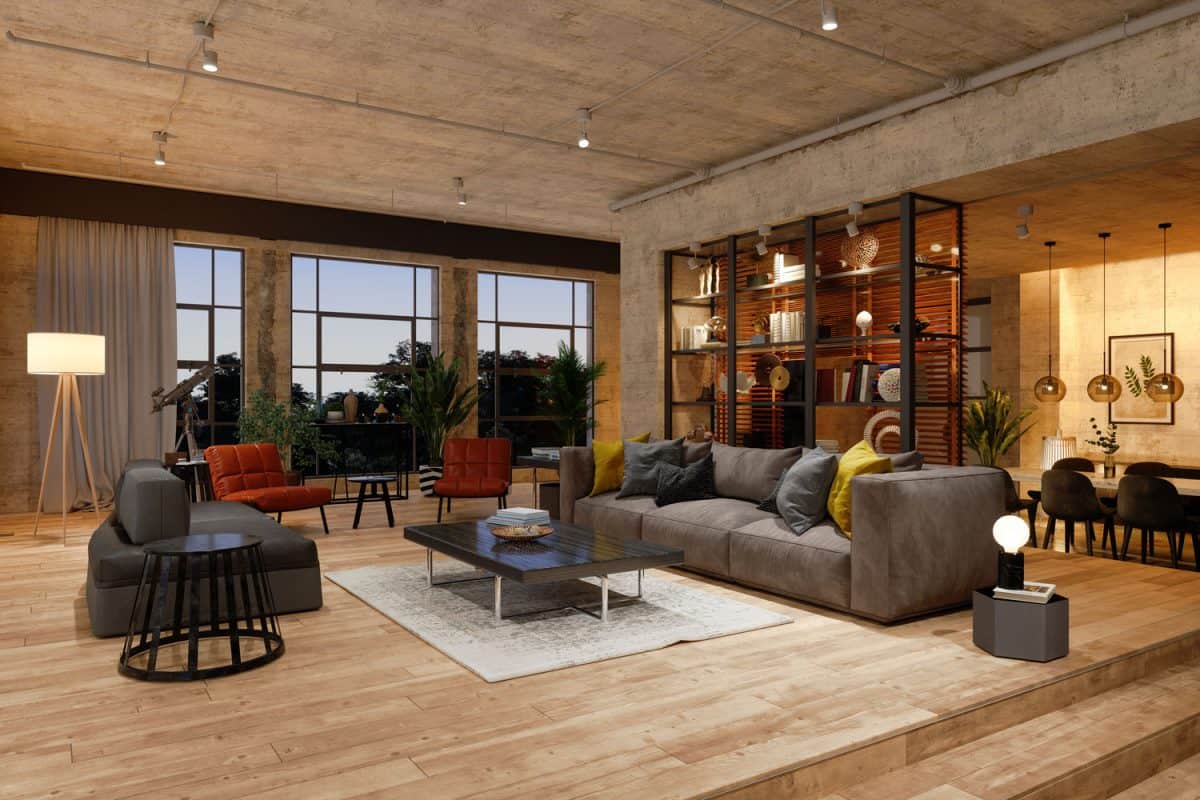
A large-sized rug can be ideal underneath sofas and center tables. Place the furniture on top of the area rug to help prevent individuals and their footwear from touching the hardwood floor directly.
Dining Room
Position a fairly large rug underneath the tables and chairs in the dining space. This placement should work the same way as when you’re putting the material in the living room.
However, you should also take note of the arrangement of the tables and chairs. For example, dining areas arranged in a circular pattern may do better with a rug of similar shape than a square or rectangular piece.
Bedroom
You have the option of choosing between one reasonably large rug and two smaller pieces for the bedroom.
If you choose the large rug, you can put it underneath the bed. Make sure that the material's dimensions extend to the sides of the bed to help keep your sleeping area clean.
On the other hand, place the two small rugs on either side of the bed to achieve a similar effect. The two smaller options might also be better for massive beds or those that come bolted to the floor.
Bathroom
Treated hardwood floors in the bathroom can still be susceptible to becoming slippery because of the excess moisture in the space. Reduce this risk by adding a rug in places like near the toilet seat, bathtub, or entrance to the room.
Check out this area rug on Amazon.
Final Words
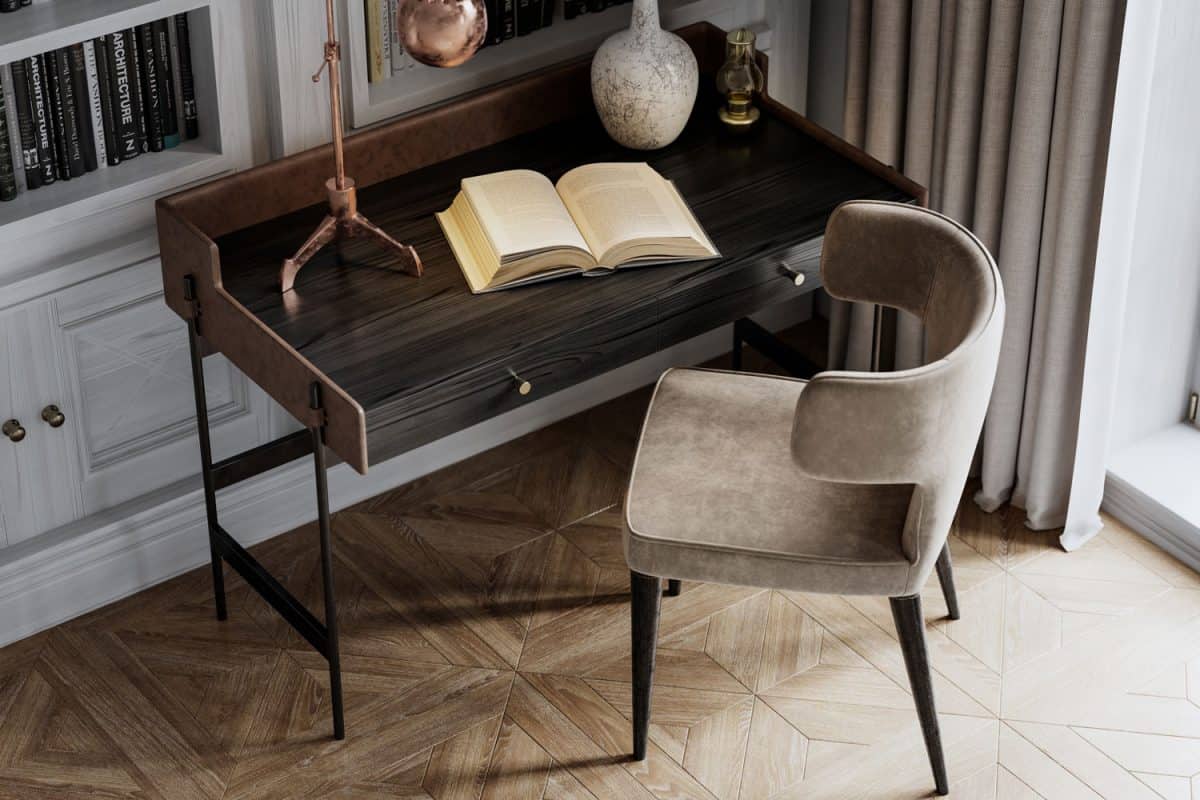
Paint, cooking oil, and using the wrong cleaning tools can make hardwood floors slippery. However, solutions exist to reduce the smoothness of these flooring options. Paying attention to the care practices to use can reduce the risks of creating greasy finishes on hardwood surfaces.




